Hamstring Strains: Prevention, Treatment, and Recovery


Hamstring strains are both common and painful. They strike athletes of all sorts — including runners, skaters, and football, soccer, and basketball players.
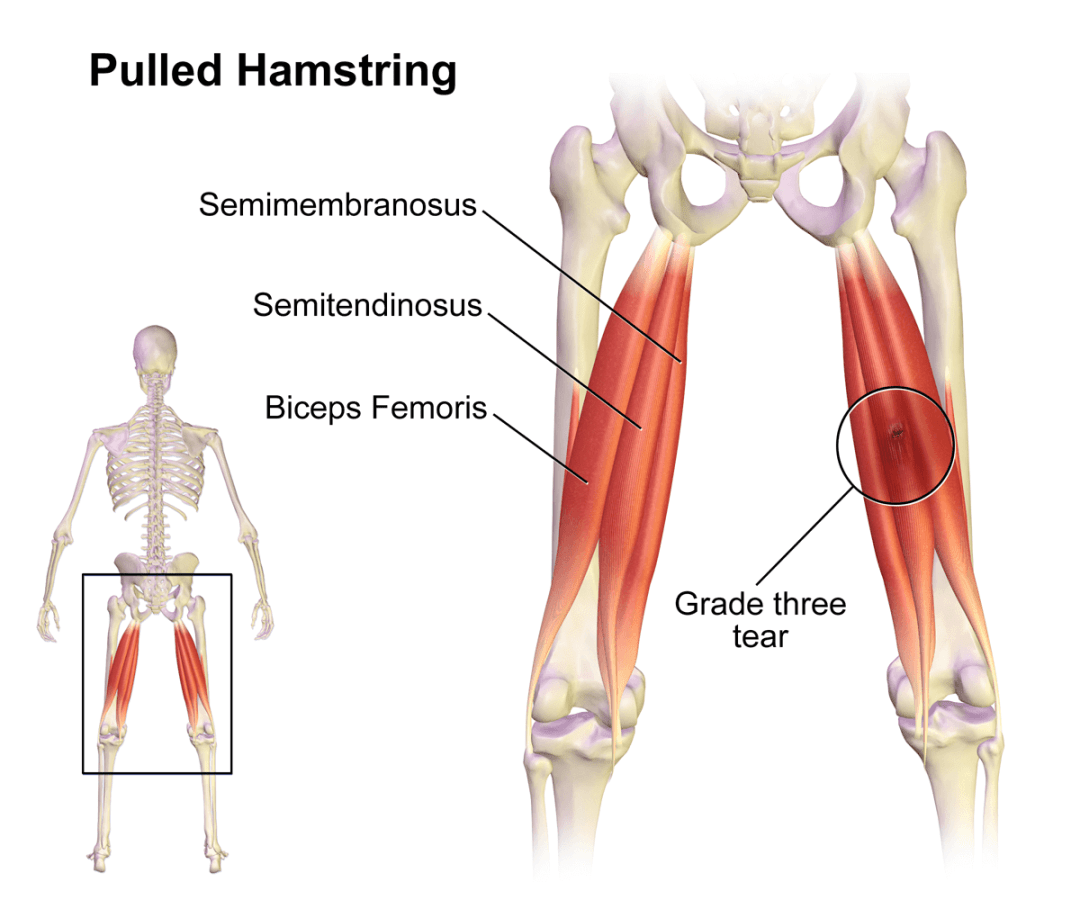

Author / Peter Qiu
UP Medical

Background
Hamstring strains occur when the hamstring is lengthened to greater than optimal lengths, especially in the hip flexion and knee extension positions. It has a high probability of occurrence and often accounts for 12% to 15% of all sports injuries. It occurs in sports that require: – sprinting – kicking – accelerating – changing direction.
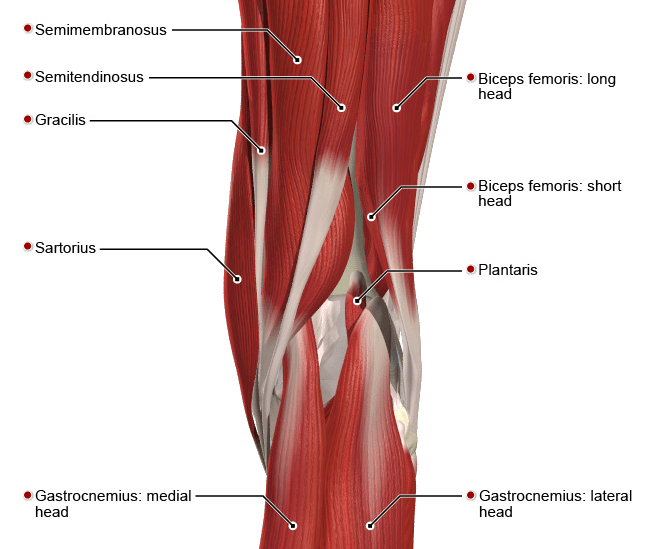
Evidence-based treatment:
– Day 0: Start PROM and isometric contractions
The goal is to avoid immobilization, thereby promoting myofibroblast regeneration and maintaining fiber alignment at the site of injury.
Day 3: Start sub-maximal isotonic exercises.
The aim is to limit scar formation and avoid re-injury of the fibers.
– Day 10: Start eccentrics
The goal is to prevent atrophy during fiber regeneration.
Caution! Early isometric training, just maintain the available mobility, but don’t stretch!
Four-Stage Exercise Progression
01
Stage 1: isometric hamstring load
– 5 sets of 45 seconds at 70% MVIC
– For initial stages, hip should be in minimal amounts of hip flexion
– May be completed multiple times per day
Isometric Examples
Isometric Examples
Double leg bridge
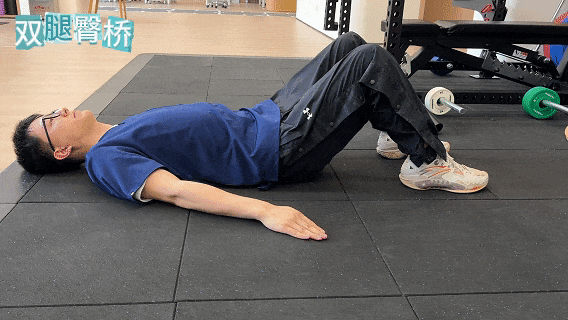
Single leg bridge
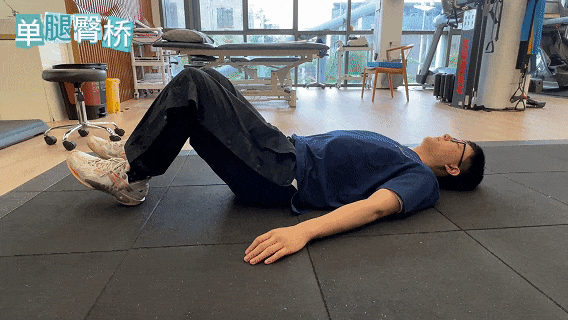
02
Stage 2: isotonic with minimal hip flexion
– Either eccentric (ECC) loading or heavy slow resistance (HSR)
– May continue stage 1 exercises on off days – 8–15 RM, 3–4 sets every other day
Early Loading Examples
Weighted Hip Thrust
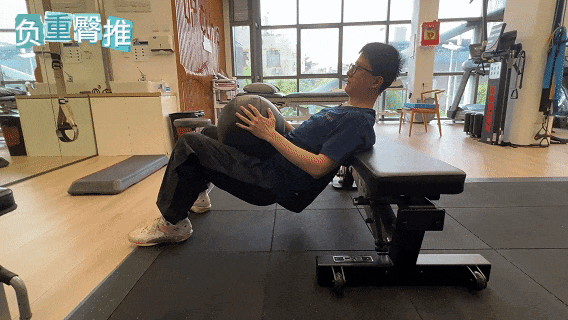
Nordic Hamstring Eccentric
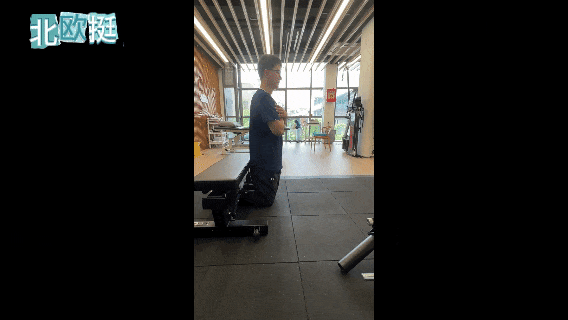
03
Stage 3: isotonic with increased hip flexion
– 70–90 degrees of hip flexion
– HS activation is shown to be higher when the exercise targets knee flexion at higher degrees of hip flexion
– May begin to phase out tempo – Performed every other day
Advanced Loading Examples
Deadlift
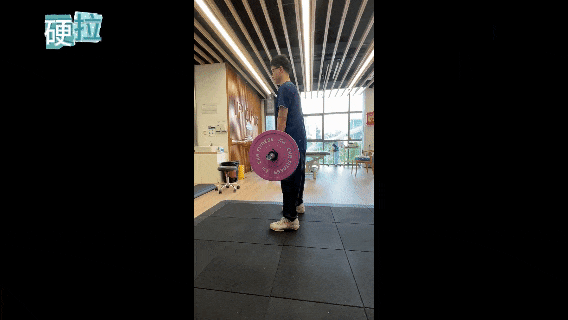
Weighted Lunges
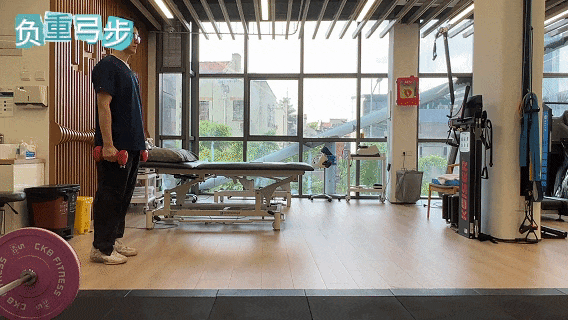
KB Swing
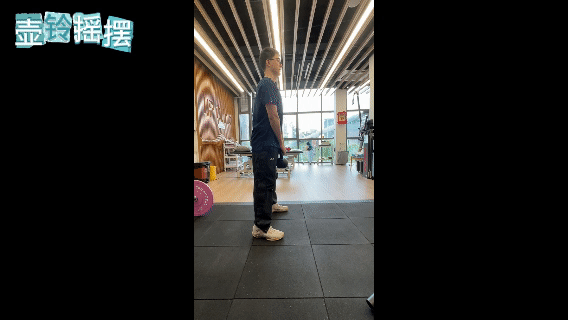
04
Stage 4: energy storage loading
– Only required for those who are returning to sport (RTS)
– Power/elastic stimulus – May limit hip flexion early – 2 times per week – Be very careful with hills and sprinting
Energy Storage Loading Examples
Depth Jumps

Jumping Lunges
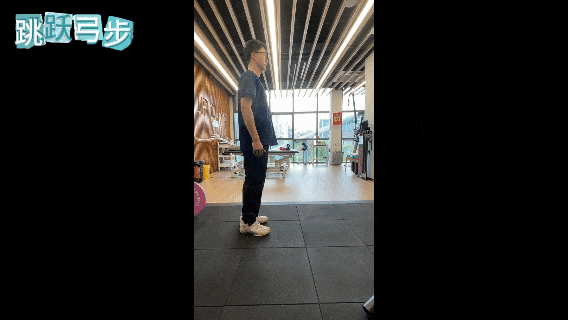
Broad Jumps
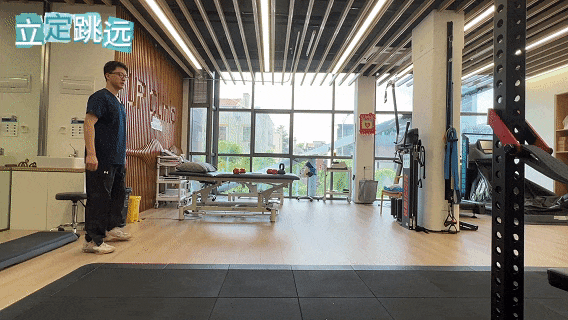
How Can I Prevent a Hamstring Strain?
As hamstring strains can be nasty injuries, athletes should work hard to avoid them. After all, healing a hamstring strain is much harder than preventing it. Here are some tips:
Warm up before and stretch after physical activity.
Boost the intensity of your physical activity slowly — no more than a 10% increase a week.
Stop exercising if you feel pain in the back of your thigh.
Stretch and strengthen hamstrings as a preventive measure.
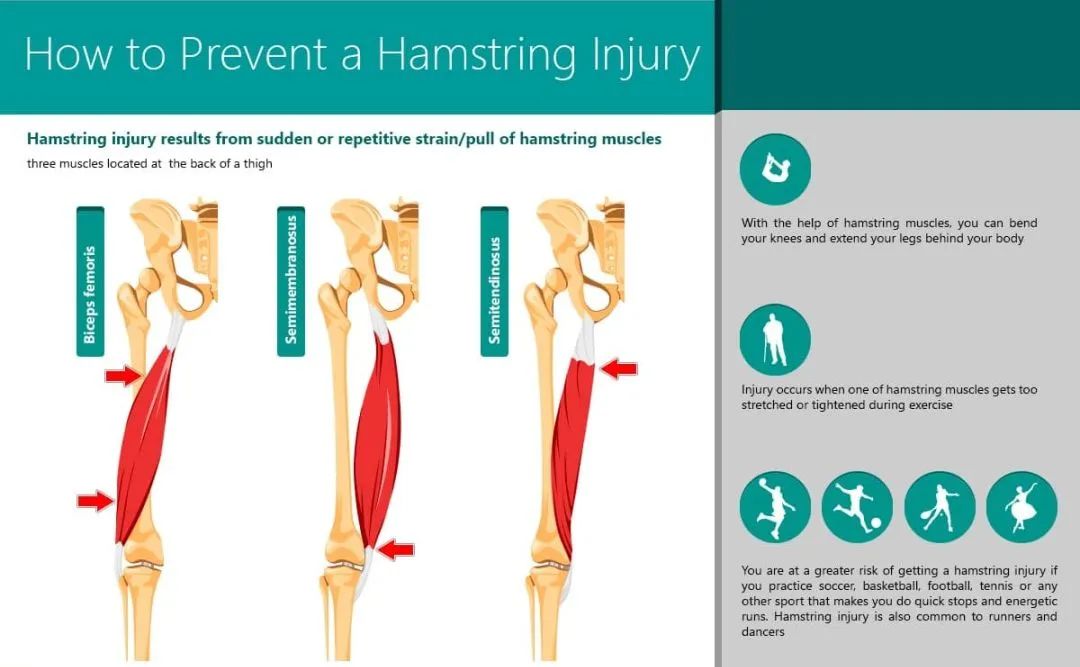

本篇文章來源于微信公衆号: 上海優複康複醫學門診部

